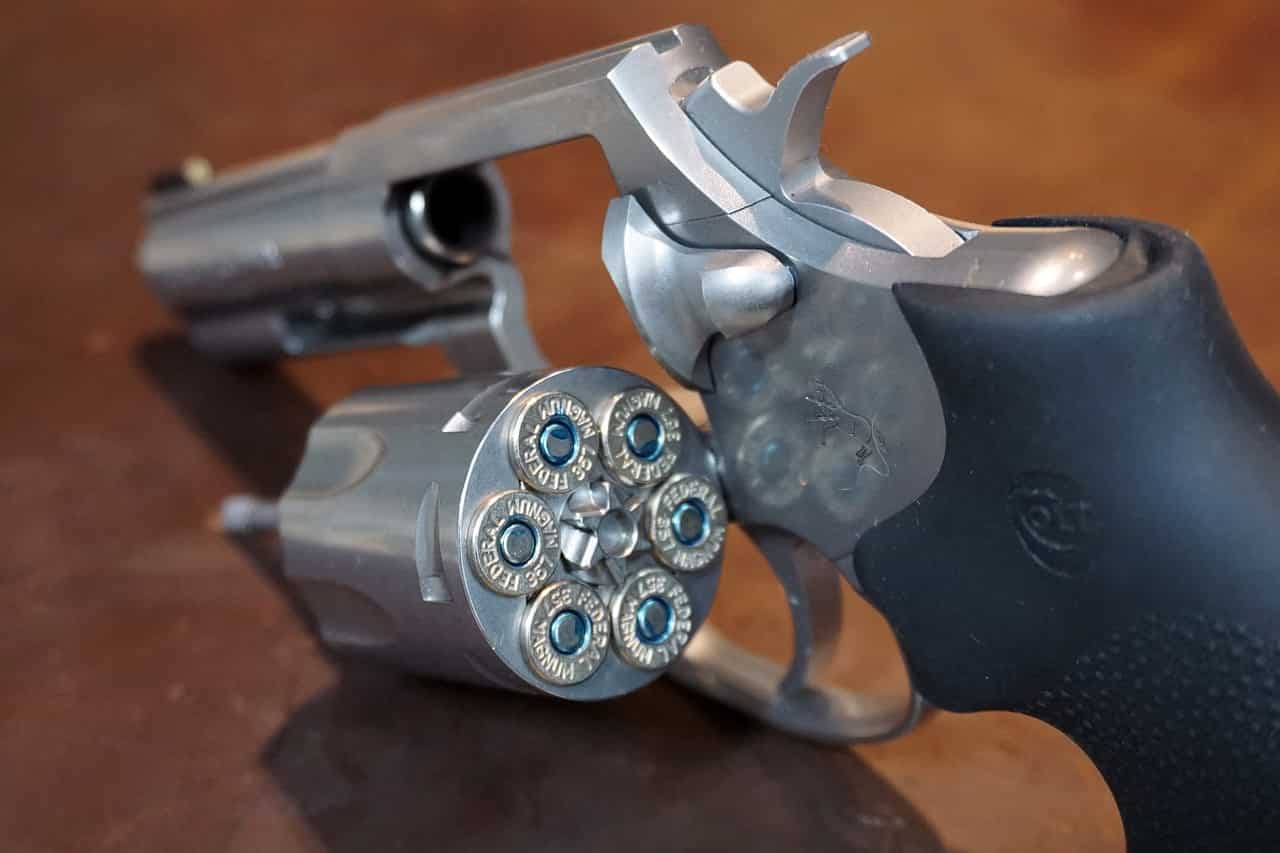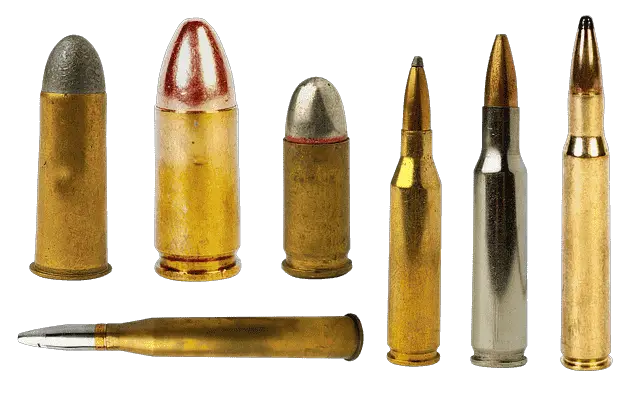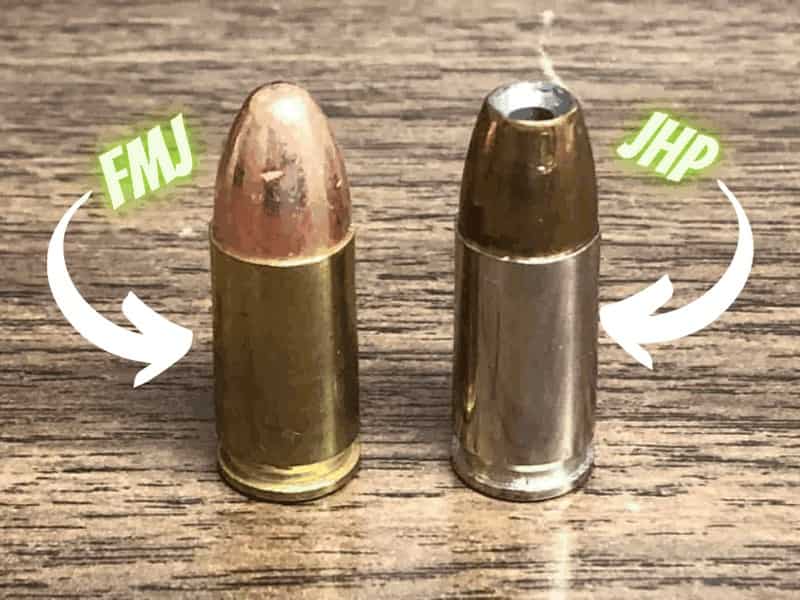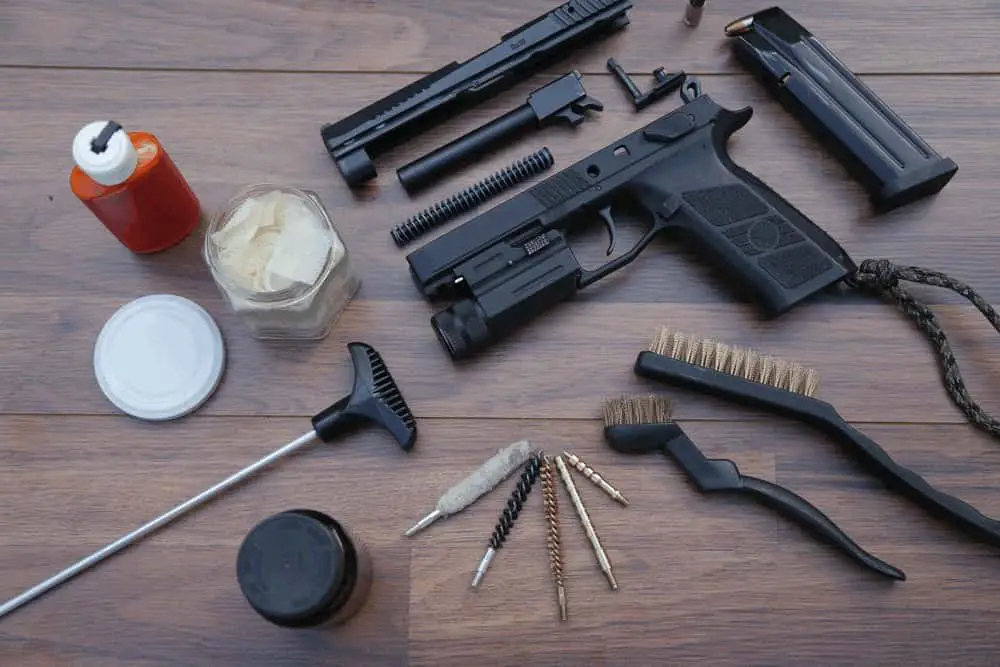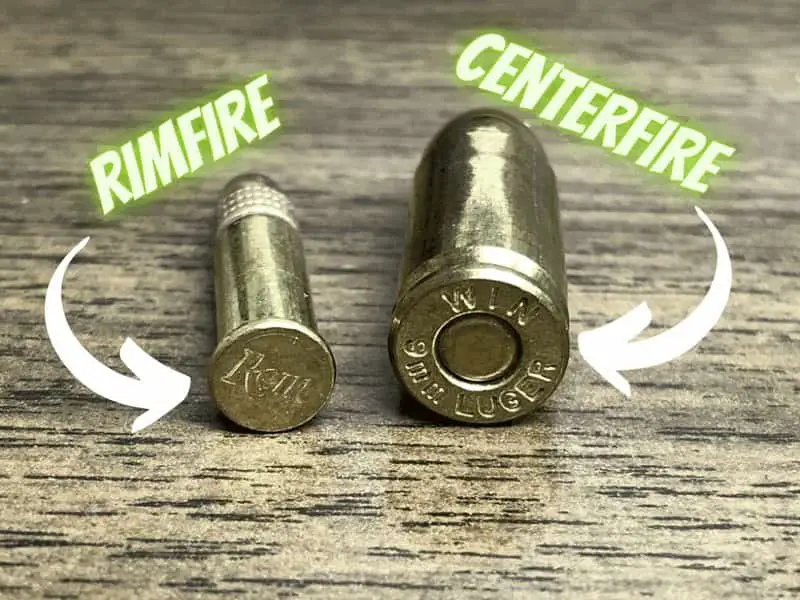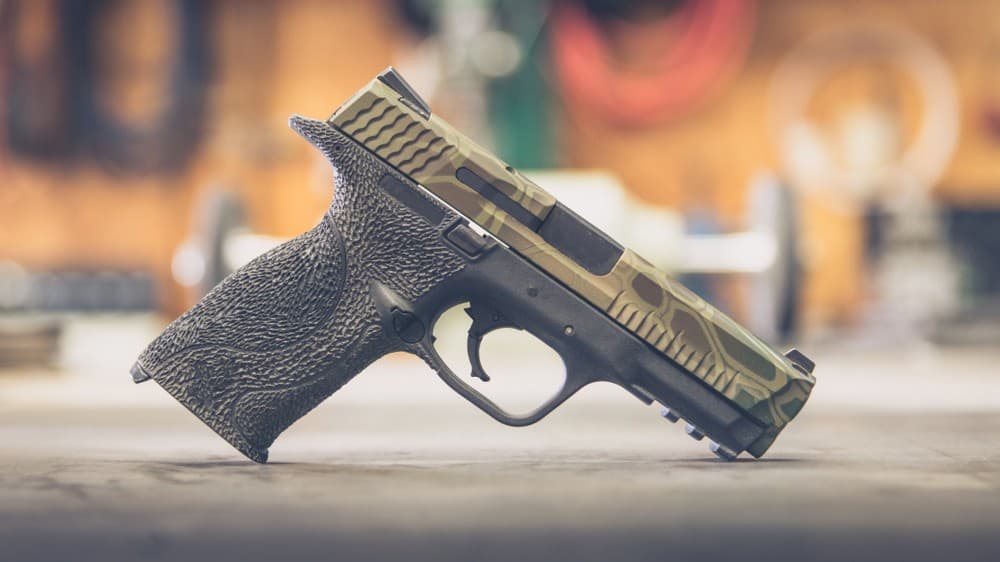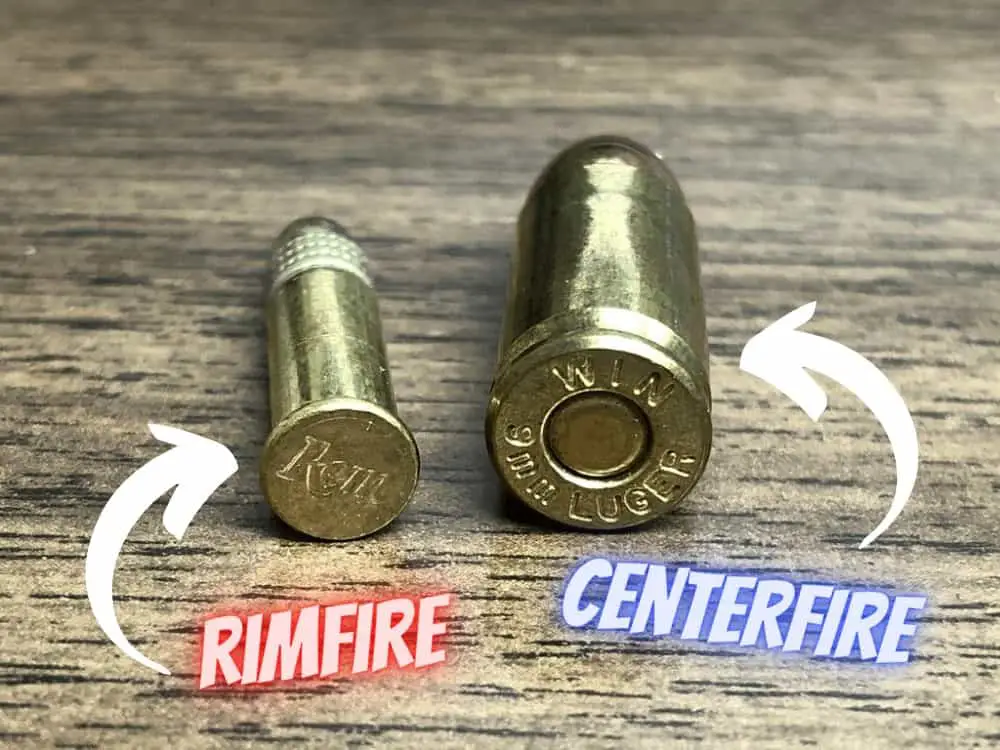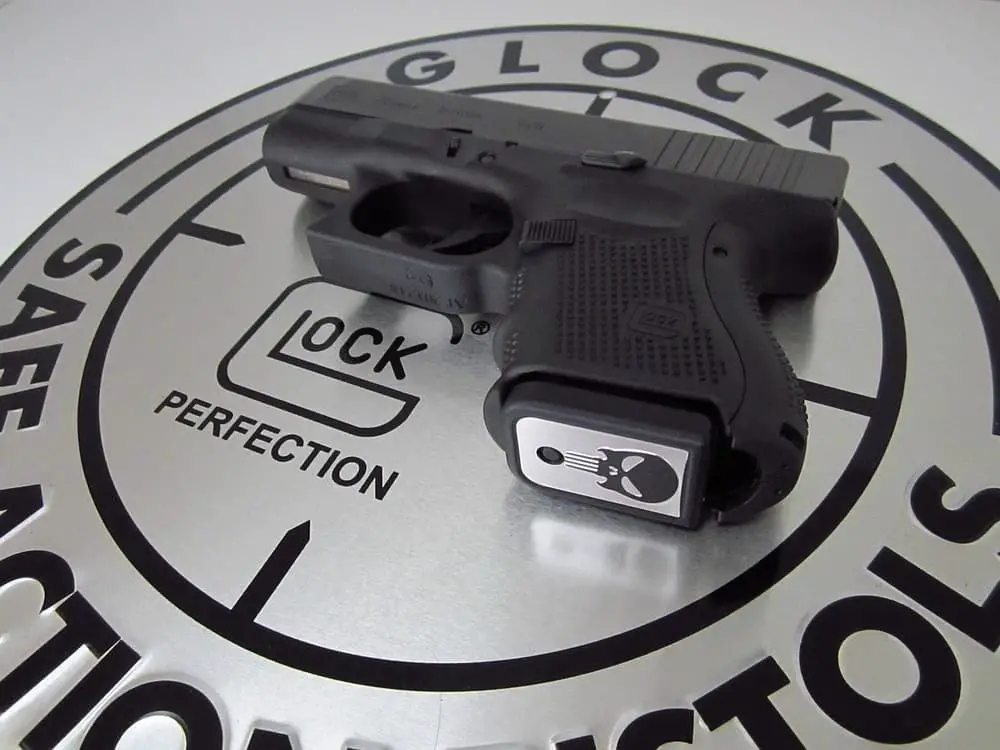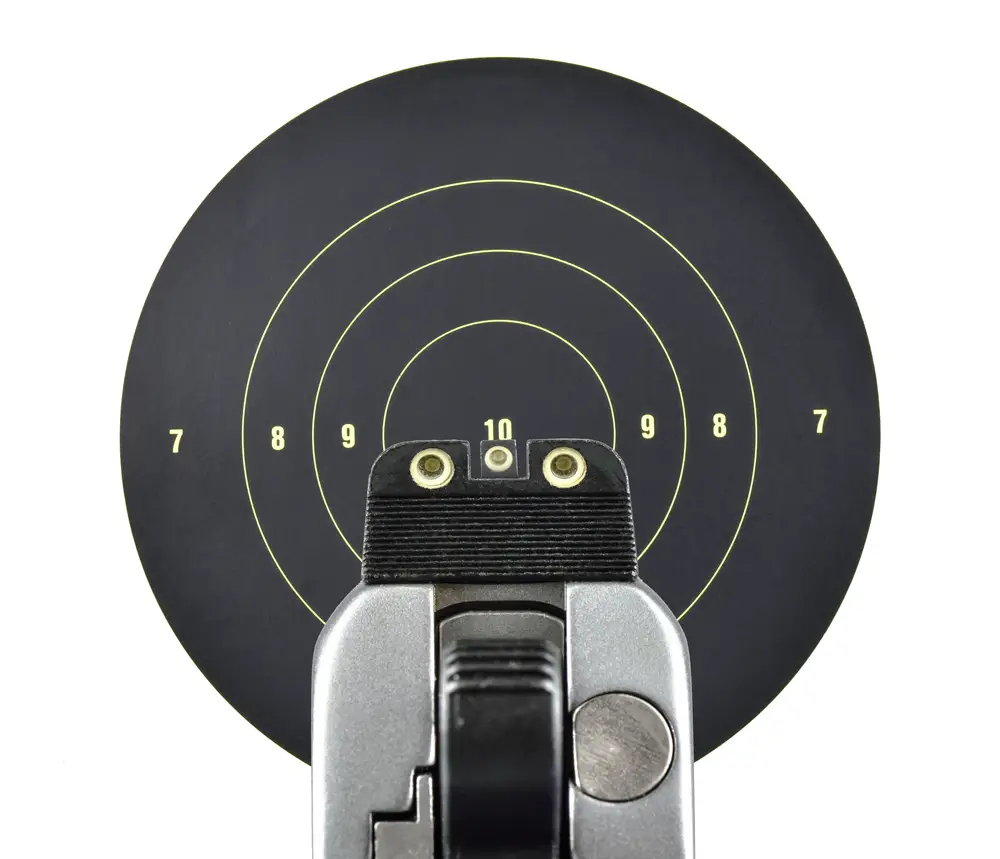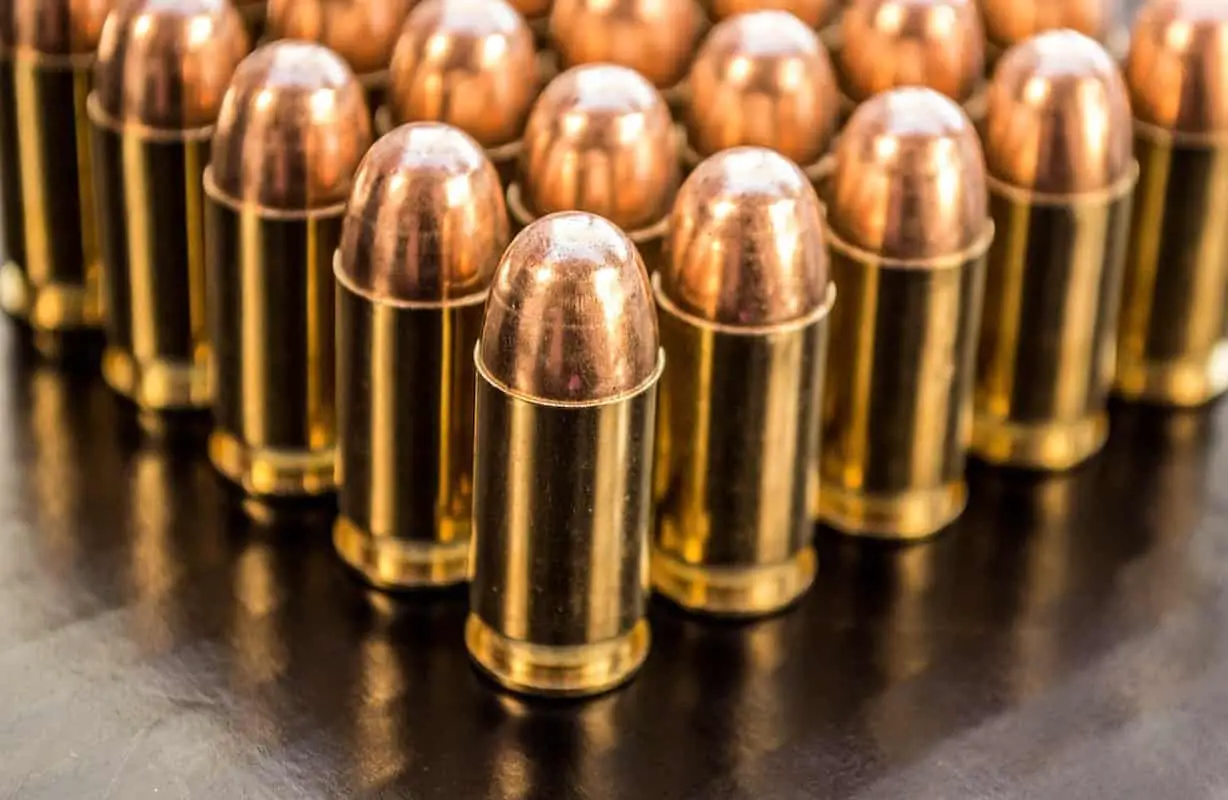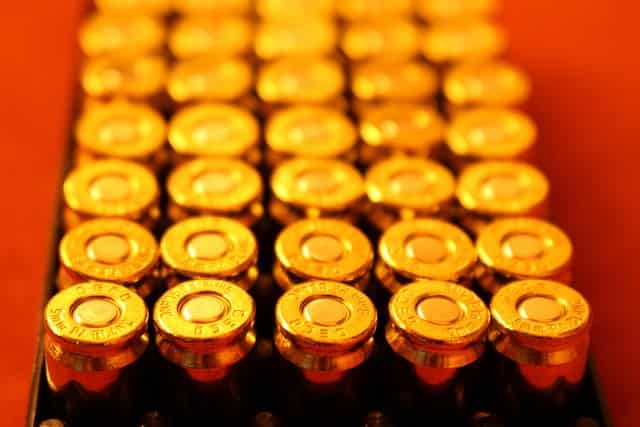
+P ammunition is a type of ammunition that is designed to provide increased velocity and stopping power compared to standard ammunition. The “+P” stands for “plus pressure,” indicating that the ammunition is loaded to a higher pressure than standard rounds. This extra pressure allows the bullet to travel faster and hit harder, making it a popular choice for self-defense and law enforcement applications.
While +P ammunition can offer increased performance, it is important to note that it is not suitable for all firearms. The higher pressure can cause increased wear and tear on the gun, and may even cause damage if used in a firearm that is not designed to handle the increased pressure. It is important to consult the manufacturer’s recommendations and use only ammunition that is appropriate for your firearm. Additionally, +P ammunition can be more expensive than standard ammunition, so it is important to weigh the benefits against the cost when deciding whether to use it.
What is +P Ammo?
+P ammunition, or overpressure ammunition, is a type of ammunition that is loaded to a higher pressure than standard ammunition. This results in increased velocity and energy, which can improve the performance of the bullet. However, it is important to note that not all firearms are designed to handle the additional pressure and velocity of +P ammunition.
Pressure and Velocity
The increased pressure of +P ammunition can result in higher muzzle velocity and greater energy transfer upon impact. However, this increased pressure can also put additional stress on the firearm, potentially causing damage to the gun and reducing its lifespan.
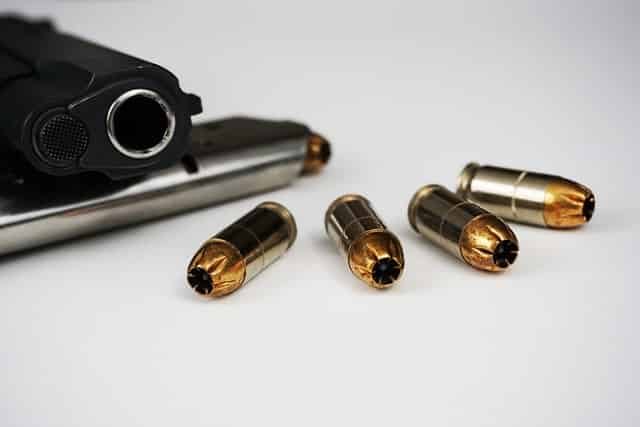
Bullet and Cartridge
+P ammunition typically uses a heavier bullet or a bullet with a higher sectional density than standard ammunition. This can result in better penetration and expansion, making it a popular choice for self-defense and law enforcement use. However, the heavier bullet also means increased recoil, which can affect accuracy and control.
SAAMI Specifications
The Sporting Arms and Ammunition Manufacturers’ Institute (SAAMI) sets industry standards for ammunition, including +P ammunition. SAAMI specifies recommended allowable pressures for +P ammunition, but manufacturers don’t have to adhere to these standards. It is important to only use ammunition that meets SAAMI specifications in firearms rated for +P ammunition.
+P vs. Standard Ammunition
Muzzle Velocity and Energy
One of the main benefits of +P ammunition is that it generally has a higher muzzle velocity and energy than standard ammunition. This can be beneficial in self-defense situations, as it can increase the likelihood of stopping a threat. However, it is important to note that higher velocity and energy can also lead to overpenetration, which can be dangerous in certain situations.
The table below shows the muzzle velocity and energy of some common +P and standard cartridges:
| Cartridge | Muzzle Velocity (fps) | Energy (ft-lbs) |
|---|---|---|
| .38 Special | 850 (standard) / 950 (+P) | 200 (standard) / 250 (+P) |
| 9mm Luger | 1150 (standard) / 1300 (+P) | 350 (standard) / 410 (+P) |
| .45 ACP | 830 (standard) / 950 (+P) | 350 (standard) / 400 (+P) |
Expansion and Penetration
Another factor to consider when comparing +P and standard ammunition is expansion and penetration. +P ammunition may have a greater tendency to expand and fragment upon impact, which can increase the effectiveness of the round.
It is also important to note that +P+ ammunition, which is loaded to even higher pressure than +P ammunition, can be dangerous and should only be used in firearms specifically designed to handle it. In general, it is recommended to use standard ammunition for practice and training, and reserve +P ammunition for self-defense situations where the increased velocity and energy may be beneficial.
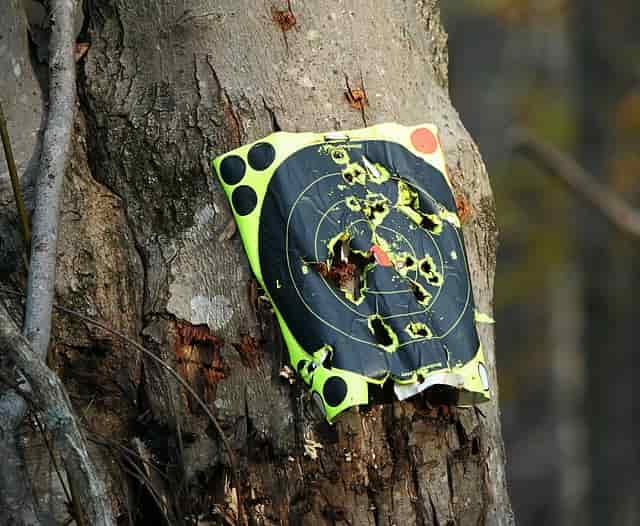
Terminal Performance
When it comes to +P ammo, one of the most important factors to consider is terminal performance. This refers to how the bullet behaves upon impact with a target, and can be broken down into several subcategories.
Stopping Power
This refers to the ability of the bullet to quickly incapacitate an assailant or game animal. While there is no one-size-fits-all answer to what constitutes sufficient stopping power, many experts recommend using a bullet that is capable of delivering at least 400 ft-lbs of kinetic energy at impact.
Trajectory
This refers to the path that the bullet takes through the air, and can be affected by factors such as muzzle velocity and bullet weight. In general, a flatter trajectory is desirable for longer-range shots, while a steeper trajectory may be preferred for close-range engagements.
Overall, it’s important to choose a +P load that is engineered to deliver improved performance without sacrificing safety or reliability. Be sure to consult your owner’s manual and work with a gunsmith to ensure that your firearm is properly regulated and can safely handle the increased pressure of a +P load. Additionally, be sure to follow all firearm safety protocols and regulations set forth by organizations such as SAAMI and CIP.
Conclusion
In conclusion, +P ammo is a type of ammunition that has higher pressure and velocity than standard ammunition. It is typically used for self-defense purposes due to its increased stopping power. However, it is important to note that +P ammo should only be used in firearms designed to handle the increased pressure.
When choosing to use +P ammo, it is important to consider the potential drawbacks. These include increased recoil, which can make it more difficult to accurately shoot, and increased wear and tear on the firearm. Additionally, +P ammo is typically more expensive than standard ammunition.
Overall, +P ammo can be a useful option for those who prioritize stopping power in a self-defense situation. However, it is important to carefully consider the potential drawbacks and ensure that the firearm is designed to handle the increased pressure before using it.

Jason Huskey
Owner of CCWClasses.net
Jason Huskey is a family man with three kids and a wonderful wife. He’s always starting new hobbies, but his true passion lies in shooting sports. Jason has been a CCW license holder for over 10 years and carries every day. In addition to firearms, he also enjoys playing guitar and writing songs. He tries to live by the Christian values he believes in.
More things you might enjoy…
Can a 38 Special Shoot 357 Rounds?
Image by MikeGunner from Pixabay I’ve long since discovered that very few activities give me the same thrill and sense of security as firing a gun. As a gun owner and enthusiast, I’ve always been curious about which guns can shoot which kinds of ammunition. I have a Derringer five-shot revolver that uses .22 rounds.…
Who Makes the Most Popular Brands of Ammo
If you are here to figure out who makes Herter’s ammo just look below the following table for a more thorough answer. If you are looking for a specific type of ammo, then you need to start by figuring out who makes it. There are lots of options for ammunition and each type of bullet…
What Does Full Metal Jacket Mean?
If you have heard the term full metal jacket, then you might be wondering what this means. I know that growing up, I heard this term a lot. I dismissed it as some sort of saying or cliche. Eventually, I decided that I needed to figure out what people meant when they use this term.…
How Often Should You Clean Your Gun?
After purchasing a firearm, you might wonder how often you should clean your gun. The truth is that it largely depends on how often you use it and where you live. Keep reading to learn more. How Often Should You Clean Your Gun? The short answer: do a light cleaning after every shooting session and…
What Is The Main Difference Between Centerfire And Rimfire Ammunition?
Rimfire vs Centerfire Everyone has to start somewhere. If you’re new to guns, learning the difference between rimfire and centerfire ammunition is important. Let me backtrack a moment. The first time I went out on the gun range, I had zero idea that there were different types of ammo for different types of weapons. All I knew…
Continue Reading What Is The Main Difference Between Centerfire And Rimfire Ammunition?
How Should You Hold a Handgun for Maximum Accuracy?
Whether it’s for sport or you find yourself in a defensive situation where you need to use a handgun, how you hold it will significantly affect your accuracy. Developing your handgun techniques will help you become a better shot and keep you safe. Read on to learn the answer to the question: How should you…
Continue Reading How Should You Hold a Handgun for Maximum Accuracy?
What Is Stippling On A Gun?
Hey, would you like a more firm grip on your gun? Would that help you shoot better? Well that is what stippling is for. Stippling is a modification to the grip that makes it, well, more grippy. It is done by sanding off the original finish and then using a hot soldering iron to make…
What Is A Centerfire Pistol?
To answer the question: “What Is A Centerfire Pistol?”, you must first understand that there are two main types of ammunition: Centerfire Rimfire These ammo categorizations are based on where the firing pin hits the back of the bullet to make it fire. A centerfire pistol is one where the firing pin strikes the center…
Is It Bad To Dry Fire A Glock?
There are loads of myths and assumptions surrounding handguns. If you grew up around guns, you probably heard some of these myths. Today, we will answer the question: Is it bad to dry fire a Glock. The Quick Answer Dry firing modern centerfire guns is completely fine (this includes most Glocks). The firing pin does…
What Is The Sight Picture?
When you first became interested in shooting you probably heard the terms sight picture and sight alignment being thrown around. Most people tend to use the two terms interchangeably; however, they do not mean the same thing. In this guide, I will make a clear distinction between sight picture and sight alignment. To master any new trade, you must…
What is Ball Ammo
When you hear the term “ball ammo” you may be picturing an actual ball. While the term did originate from ball shaped ammo, that’s not what it means today. Most ball ammo today is cylindrical in shape. It will have a lead core coated with copper. Keep reading to learn all about the history and…
